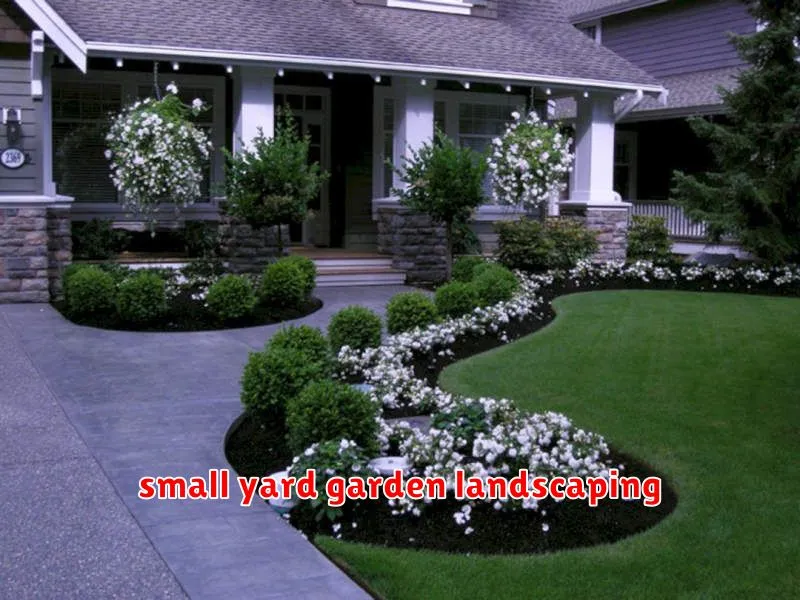Transforming a small yard into a vibrant and functional outdoor space is achievable with the right garden landscaping ideas. This article explores creative solutions for maximizing your limited area, offering practical advice and inspiration for designing a stunning landscape, even with a small yard. We’ll delve into small yard landscaping designs, focusing on space-saving techniques, clever planting strategies, and the selection of appropriate plants for small gardens. Discover how to create a beautiful and inviting retreat that perfectly complements your home, regardless of size. Learn how to enhance your curb appeal, boost your property value, and enjoy the therapeutic benefits of a well-designed small garden landscape.
Compact Raised Beds
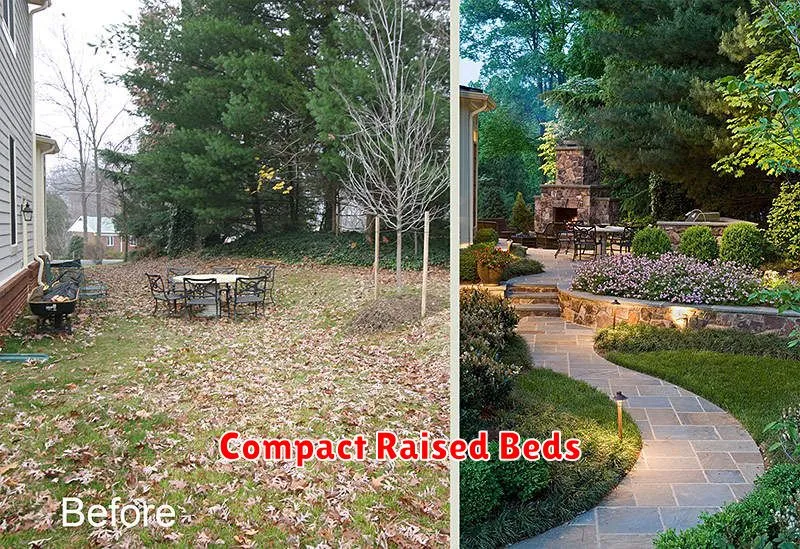
Maximize your small yard’s gardening potential with compact raised beds. These versatile structures offer a space-saving solution, allowing you to cultivate a variety of plants even in limited areas. Their elevated design improves drainage and soil aeration, promoting healthier plant growth. Construction materials can range from readily available lumber to recycled materials, allowing for customization to suit your aesthetic preferences and budget.
The compact nature of these beds makes them ideal for smaller spaces, fitting neatly into corners or along pathways. Consider using vertical stacking or tiered designs to further increase planting space in a limited area. Strategic planning of plant placement is key, selecting compact varieties and companion plants to optimize yield and minimize overcrowding.
Beyond their practicality, compact raised beds enhance the visual appeal of a small garden. They add structure and definition to the landscape while offering a neat and organized presentation of your plants. The raised design also makes gardening more accessible, reducing strain on your back compared to ground-level planting.
Hanging Herb Gardens
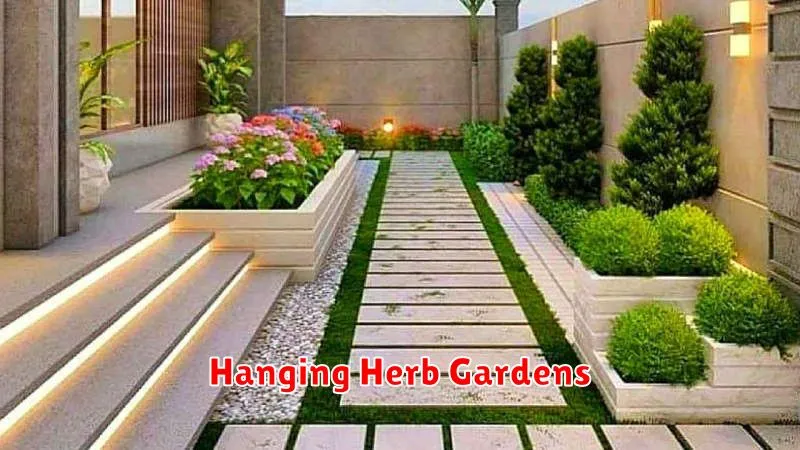
Maximize your small yard’s potential with a hanging herb garden. This space-saving solution allows you to cultivate fresh herbs without sacrificing valuable ground space. Vertical gardening using hanging planters, baskets, or even repurposed containers offers a visually appealing and practical approach, especially for those with limited square footage.
Consider the types of herbs you wish to grow when choosing your hanging system. Sunlight requirements are crucial; ensure your chosen location provides adequate light for optimal growth. Furthermore, select containers with adequate drainage to prevent root rot and maintain healthy plants. Regular watering and occasional fertilization will further enhance your herb garden’s success.
A hanging herb garden is not only functional but also aesthetically pleasing. The cascading greenery adds a touch of elegance and vibrancy to any small outdoor area. This method allows for creative placement, whether hung from fences, railings, or even a pergola, seamlessly integrating your herb garden into your overall landscaping design.
DIY Stone Pathways
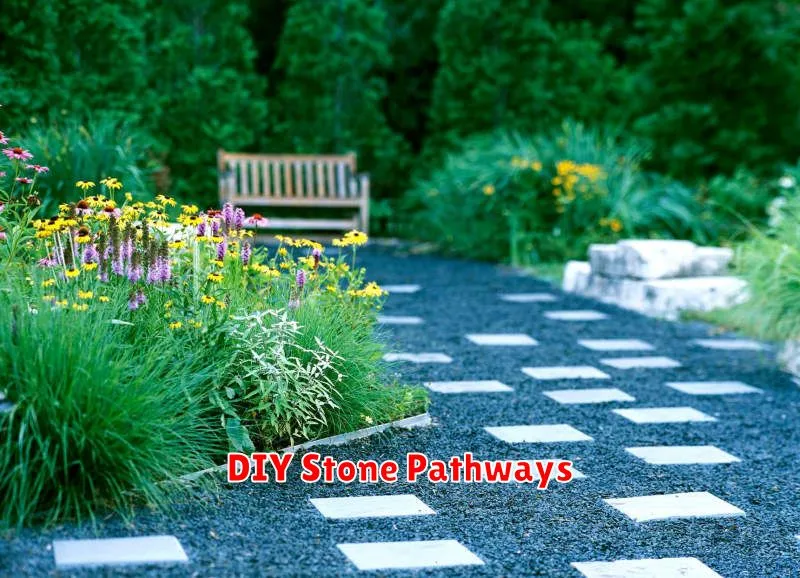
Creating a stone pathway is a simple yet effective way to enhance a small yard’s landscaping. This DIY project requires minimal tools and materials, making it an accessible option for most gardeners. The process involves carefully planning the pathway’s layout, preparing the ground, and then laying the stones. Consider using readily available, inexpensive materials like flagstones or river rocks to keep costs down.
Proper ground preparation is crucial for a long-lasting pathway. Remove any existing vegetation and loosen the soil. A level base is essential to prevent uneven settling and potential tripping hazards. Consider adding a layer of gravel or compacted sand to provide a stable foundation before laying the stones. This will help with drainage and prevent weed growth.
Choosing the right stones for your pathway is important both aesthetically and practically. Select stones of varying sizes and shapes for a more natural look. Ensure that the stones are durable and weather-resistant to maintain their appearance over time. For a more structured pathway, use uniform stones. Finally, arrange the stones to create a visually appealing pattern while ensuring easy walking access. A little planning and effort will significantly enhance the overall appeal of your small yard.
Decorative Garden Lights
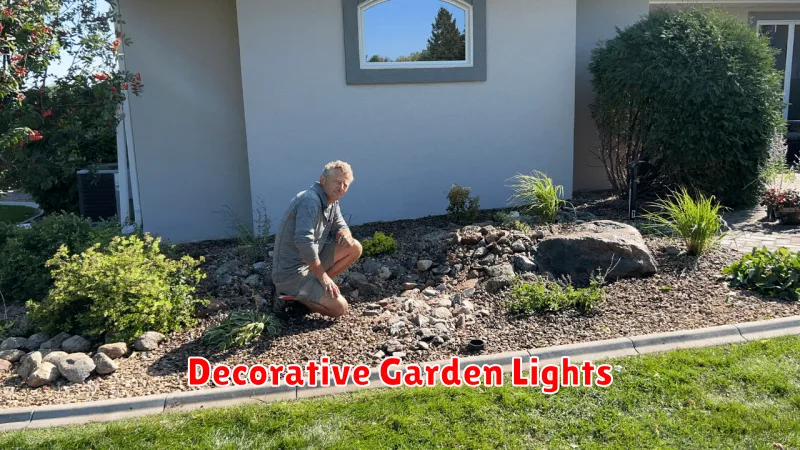
Decorative garden lights are essential for enhancing the aesthetic appeal of small yards. They provide ambience and highlight key features, such as pathways, flowerbeds, or water features, creating a welcoming and inviting atmosphere. Strategic placement can also help to illuminate darker corners, improving safety and security.
Consider various lighting styles to complement your overall garden design. Path lights guide visitors safely, while spotlights accentuate specific plants or sculptures. String lights offer a whimsical touch, and solar-powered options provide eco-friendly illumination. The choice depends on the desired effect and the yard’s specific needs.
Remember to choose fixtures that are appropriately scaled for your small space. Avoid overly large or bright lights that can overwhelm the area. Opt for warm-toned lighting to create a cozy and inviting feel, and always prioritize safety by using low-voltage options and ensuring proper installation.
Vertical Plant Walls
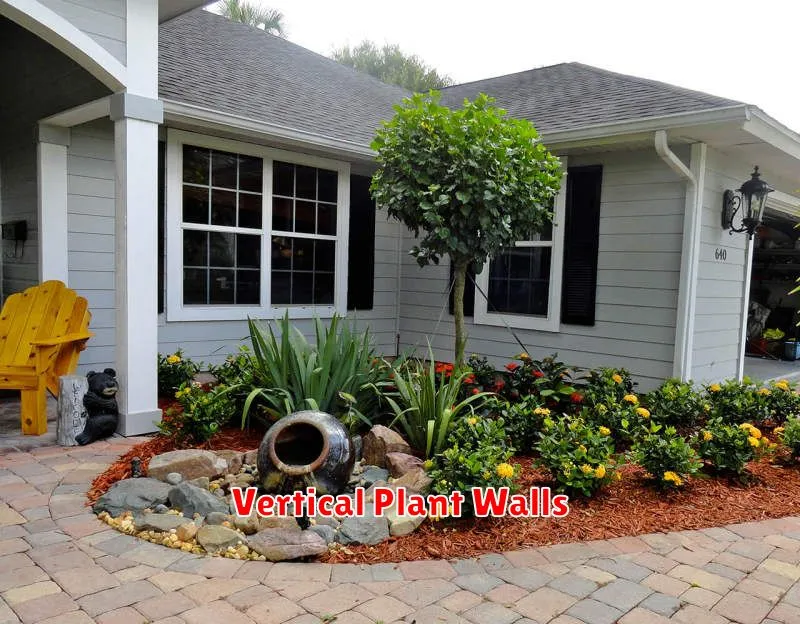
Vertical plant walls, also known as living walls or green walls, are a space-saving solution perfect for small yards. They maximize vertical space, allowing you to cultivate a variety of plants without sacrificing valuable ground area. This landscaping technique offers a visually striking and environmentally beneficial addition to your garden.
These walls can be constructed using various methods, from simple DIY structures to more sophisticated systems involving specialized panels and irrigation. The choice depends on budget and the desired scale of the wall. Consider the plant selection carefully, choosing species appropriate for the amount of sunlight and moisture your wall will receive. Regular maintenance, including watering and pruning, is essential to ensure the wall’s health and longevity.
The benefits extend beyond aesthetics. Vertical gardens improve air quality, reduce noise pollution, and can even contribute to a cooler microclimate in your yard. The diverse textures and colors of the plants can add significant visual interest, transforming a small space into a vibrant and inviting outdoor area. Proper planning and installation ensure a beautiful and functional addition to your small yard.
Mini Water Fountains
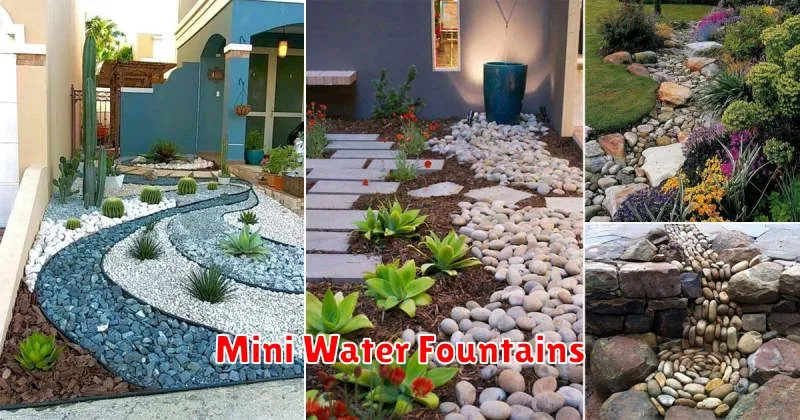
Mini water fountains are an excellent choice for small yards, offering a tranquil and visually appealing focal point without overwhelming the space. Their compact size allows for placement in various locations, such as corners, near patios, or even integrated into existing garden designs. The gentle sound of flowing water adds a soothing ambiance, enhancing the overall serenity of the garden.
A wide variety of styles and materials are available to suit any aesthetic preference. From sleek, modern designs to more traditional, rustic styles, there’s a mini fountain to complement any garden’s theme. Consider factors like material (e.g., ceramic, stone, metal), size, and pump type when making your selection. Choosing a fountain with appropriate water flow is crucial to prevent overwhelming a small space.
Proper placement is key to maximizing the impact of a mini fountain. Consider the surrounding plants and hardscaping when choosing a location. Ensure there is adequate space around the fountain for easy maintenance and enjoyment. Adding lighting can further enhance the fountain’s beauty, creating a captivating display, particularly during evening hours. Careful consideration of these details can transform a small yard into a peaceful oasis.
Recycled Planter Ideas
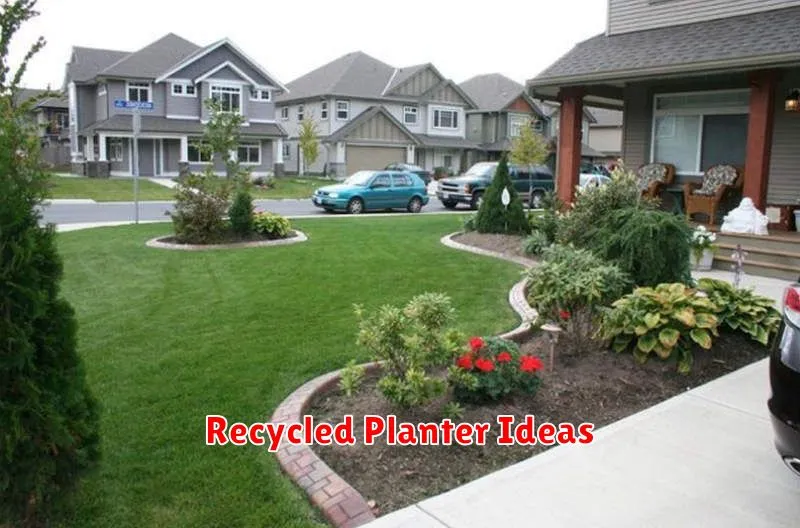
Transforming discarded items into charming planters is an excellent way to add personality to your small garden while practicing sustainability. Old boots, teacups, and tin cans can all be repurposed as unique containers for herbs, flowers, or succulents. A coat of paint can further enhance their aesthetic appeal and match your garden’s theme.
Pallets offer a rustic yet versatile option. Disassemble them and use individual planks to create vertical or horizontal planters, maximizing space in limited areas. Alternatively, use the entire pallet as a backdrop for smaller planters, creating a layered visual effect. Remember to treat the wood to prevent rot and ensure longevity.
Beyond these, explore creative options like repurposed watering cans, old crates, and even broken pottery. The possibilities are endless; let your imagination guide you in crafting personalized and environmentally friendly planters that perfectly complement your small yard landscaping.
Eco-Friendly Garden Borders
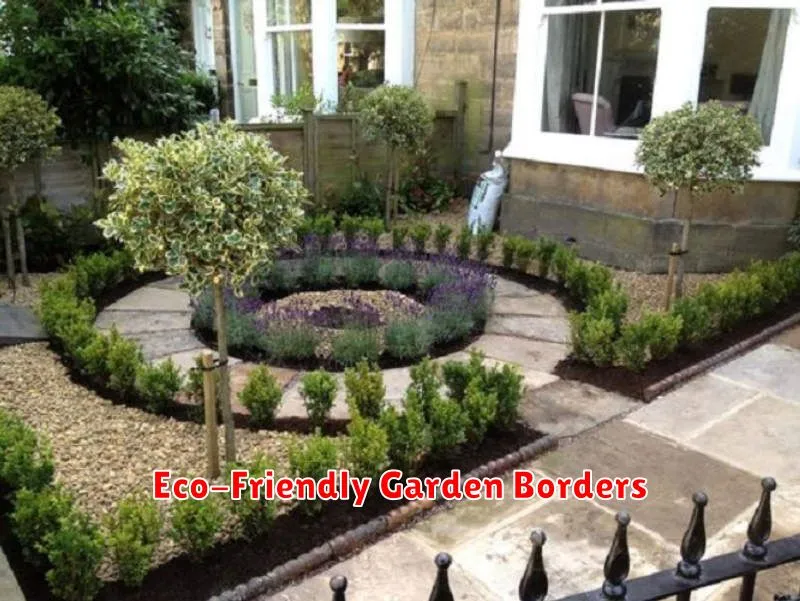
Creating eco-friendly garden borders in small yards is crucial for both aesthetics and environmental responsibility. Instead of using plastic edging, consider natural alternatives like stacked stone, reclaimed wood, or living borders comprised of low-growing shrubs or groundcover plants. These options prevent soil erosion, minimize chemical runoff, and enhance the overall natural beauty of your space.
Stacked stone borders offer a rustic charm and are incredibly durable. Reclaimed wood provides a unique and sustainable option, adding character to your garden while reducing waste. Living borders, such as creeping thyme or lavender, not only define the garden edges but also attract beneficial insects and add fragrance.
When selecting materials, prioritize locally sourced options to reduce transportation impacts. Remember to consider the long-term maintenance requirements of your chosen border, ensuring it aligns with your gardening style and available time. By choosing eco-friendly options, you can create a beautiful and sustainable garden that benefits both your yard and the environment.
Native Plant Choices
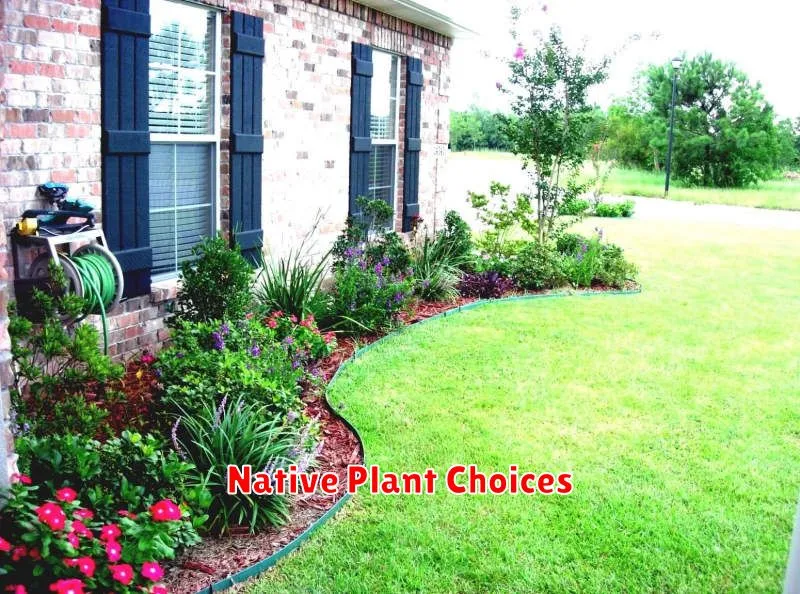
Choosing native plants for your small yard offers numerous benefits. They are naturally adapted to your local climate and soil conditions, requiring less water and maintenance than non-native species. This translates to cost savings and reduced environmental impact. Native plants also support local ecosystems by providing food and habitat for native insects, birds, and other wildlife.
When selecting native plants, consider the size and mature dimensions of each species to ensure they are suitable for your limited space. Opt for smaller varieties or those that can be easily pruned to maintain a manageable size. Think about incorporating a variety of textures, colors, and bloom times to create visual interest throughout the growing season. Careful planning is crucial to maximize the impact of your small garden.
Consult local nurseries or gardening resources to identify native plants appropriate for your specific region. They can offer expert advice on plant selection and care, helping you create a thriving and sustainable small garden that showcases the beauty of your local flora. Remember to consider the sun exposure and soil drainage in your yard when making your choices.
Wooden Garden Arbors
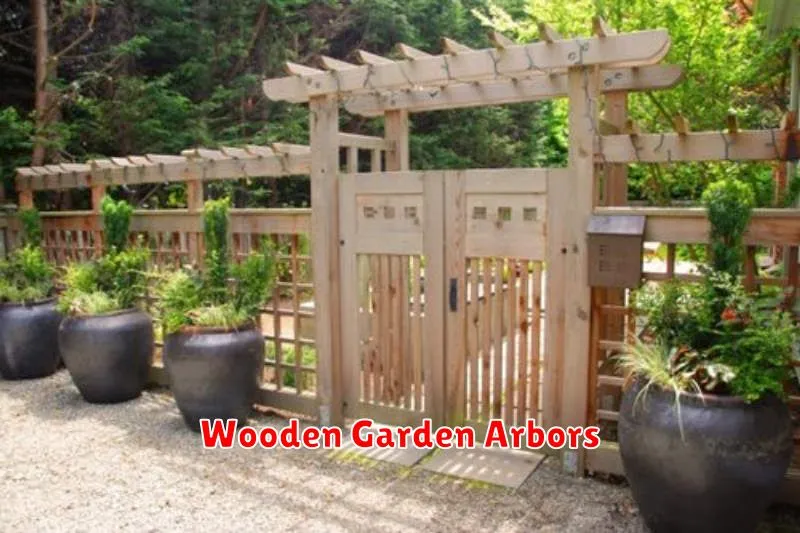
Wooden garden arbors offer a charming and practical solution for enhancing small yards. Their vertical structure maximizes limited space while providing a focal point and a sense of depth. They can be used to define areas, create visual interest, or serve as a support structure for climbing plants, further enhancing the aesthetic appeal of the garden.
Consider the size and style of the arbor carefully to suit your yard’s dimensions. Smaller arbors are ideal for tight spaces, and various designs, from simple to ornate, can complement existing garden features. The choice of wood type will also influence durability and aesthetic, with options ranging from pressure-treated pine for budget-friendliness to more expensive, long-lasting hardwoods.
To optimize impact, position the arbor strategically. It can act as a pathway marker, a backdrop for seating, or even a divider between different garden zones. Adding climbing plants like roses or clematis will soften its lines and create a lush, romantic atmosphere, maximizing its visual impact within a small space.

